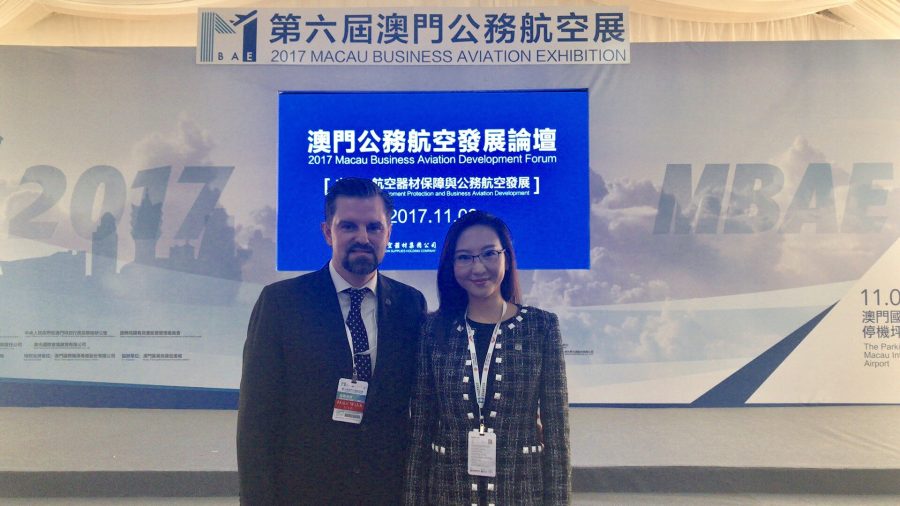
With the latest 20-year air passenger forecast predicting more than half the world’s growth will be in Asia Pacific, 2.1 billion additional passengers by 2036, more than double the current traffic in the region. SITA will showcase technology for airlines and airports to efficiently manage this major growth at the FTE Asia EXPO, in Singapore tomorrow.
Biometrics, artificial intelligence, mixed reality, and robotics underpin SITA’s solutions for the airport of the future, making air travel easier every step of the way. Over the course of the two days of the EXPO, SITA’s technology will be discussed by leaders in the industry, including Brisbane Airport’s implementation of SITA Smart Path. A biometric-based “walkthrough experience” allows passengers to make their way securely and seamlessly through checkpoints at an airport by simply looking into a camera.
Sumesh Patel (pictured), SITA president for Asia Pacific, said: “We know that passengers prefer to use technology when they travel. For example, it has been proven that automated identity checks at passport control and boarding increase passenger satisfaction. In particular, biometrics offers the opportunity for a secure and seamless experience. Airlines and airports can be conf
ident that the majority of passengers will welcome its introduction. In fact, 57 percent said they would definitely use biometrics for their next trip.”
During the EXPO, Patel will moderate the 7th working session on Future Airports which will have contributions from leaders representing Changi Airport Group, Airport Authority Hong Kong and more.
Patel commented: “Passenger growth in this region is driving the adoption of smart technology solutions. SITA is working with our airline and airport partners to incorporate biometrics and artificial intelligence into today’s operations and passenger services. Looking ahead we are investigating how other technologies like robotics and mixed reality can also support and manage future growth.”




















